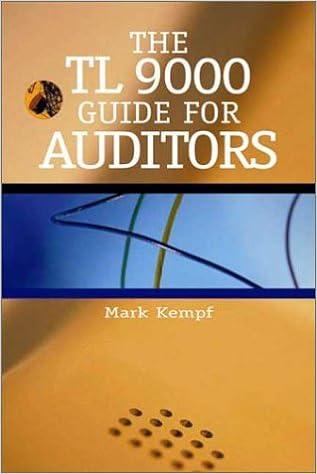Question
10. Materials and labor are often grouped together and called conversion costs. (True or False) 12.. Which of the following describes the differences between job-order
10. Materials and labor are often grouped together and called conversion costs. (True or False)
12.. Which of the following describes the differences between job-order and process costing?
A. Job-order costing is used in financial accounting, while process costing is used in managerial accounting.
B. Job-order costing can only be used by manufacturers; only service enterprises use process costing.
C. Job-order costing is voluntary, while process costing is required by GAAP.
D. Job-order costing traces costs to jobs, while process costing traces costs to departments and averages the costs among the units worked on during the period.
13. Labor and overhead are often grouped together and referred to as
A. prime costs.
B. conversion costs.
C. total manufacturing costs.
D. equivalent unit costs.
14. How are equivalent units calculated in a process costing system?
A. By adding the units started to the equivalent units in beginning and ending inventory
B. By adding the units completed to the equivalent units in ending Work in Process
C. By subtracting the equivalent units in beginning inventory from the total units to account for
D. By adding the units started to the equivalent units in ending inventory
15. Variable costs per unit remain the same when the level of activity changes within the relevant range. (True or False)
Step by Step Solution
There are 3 Steps involved in it
Step: 1

Get Instant Access to Expert-Tailored Solutions
See step-by-step solutions with expert insights and AI powered tools for academic success
Step: 2

Step: 3

Ace Your Homework with AI
Get the answers you need in no time with our AI-driven, step-by-step assistance
Get Started


